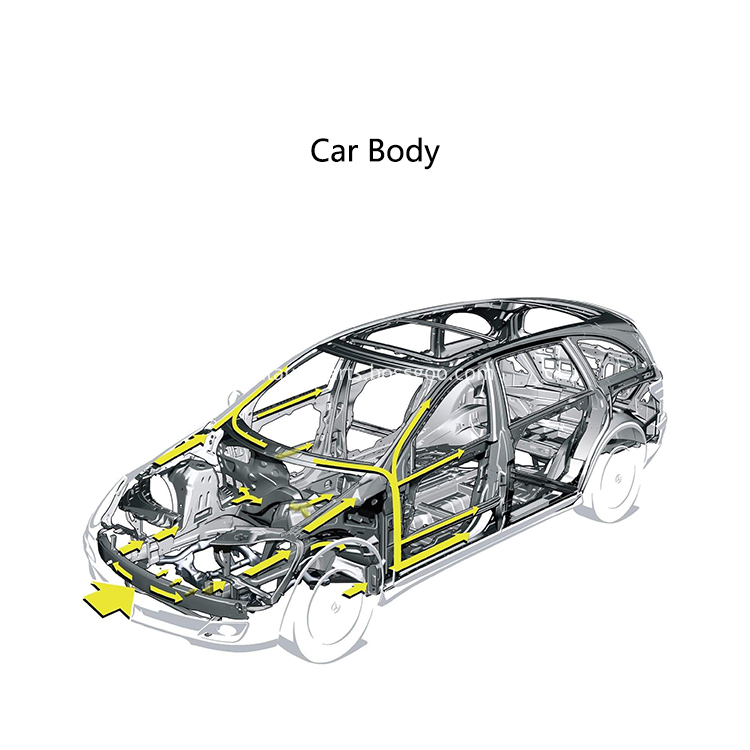Recently, Wärtsilä has received orders for 30 Wärtsilä 50DF dual-fuel engines, which will power five Arc7 new design ice-breaking LNG carriers that are being built at the Daewoo Shipbuilding & Ocean Engineering Co., Ltd. (DSME) shipyard. These vessels will operate in the Arctic environment to support the Yamal LNG project in northern Russia. Wärtsilä South Korea's joint venture, Wärtsilä Modern Engines (WHEC), received the new order in January and will also produce these engines in Korea.
      Wärtsilä will supply four 12-cylinder Wärtsilä 50DF engines and two 9-cylinder Wärtsilä 50DF engines for each LNG carrier. These engines primarily use liquefied natural gas (LNG) as a fuel and can also operate with conventional marine diesel. When sailing in the Arctic waters, these ships will operate at temperatures below minus 50 ° C and break through ice layers over 2 meters thick. This requires a drastic change in engine load for a limited time, and Wärtsilä is considered the best choice for dealing with such extremely demanding conditions.
     Mr. Lars Anderson, Vice President of Wärtsilä Ship Power, said: “In the past 12 months, Wärtsilä has provided a total of 90 dual-fuel engines for 15 Arc7 ice-breaking LNG carriers for the Yamal project. These orders highlight the customer's clear recognition of the high efficiency and reliability of Wärtsilä products, which is also recognized by ship owners and shipyards around the world. We are honored to work with Korea Daewoo Shipbuilding & Ocean Engineering Co., Ltd. and ships. East cooperates to meet the demanding requirements of sailing in the Arctic waters."
      By the end of 2017, the Russian Yamal LNG project is expected to deliver 16.5 million tons of LNG to customers in Europe, Asia and South America each year.
      Wärtsilä 50DF dual fuel engine
      The Wärtsilä 50DF dual fuel engine is available in a variety of configurations, from 6-cylinder in-line to 18-cylinder V-profile configurations, each offering 950/975 kW of power and a total mechanical output of up to 17,100 kW. Engine speed is 500 or 514 revolutions per minute at 50 Hz and 60 Hz applications. The highest thermal efficiency is higher than other gas engines.
      When operating in gas mode, the engine's nitrogen oxides (NOx) emissions are at least 85% lower than current IMO regulations, while carbon dioxide (CO2) emissions are about 25% lower than conventional marine diesel engines. In addition, sulfide (SOx) and particulate emissions are almost 0%, which is negligible.
The Car Body refers to the part of the vehicle used to carry people, and also refers to the whole vehicle. The body of some vehicles is both the driver's workplace and the place where passengers and goods are accommodated. The body includes windows, doors, cockpit, passenger compartment, engine compartment and luggage compartment. The shape of the body is several types, such as a box type, a fish type, a ship type, a streamline type and a wedge type, and the structural form is divided into a single compartment, a hatchback and a sedan. The body structure is the body language of the vehicle, and its design will directly affect the performance of the vehicle.
The body shell is the basis for the installation of all body car auto parts, usually referred to as the rigid bearing structure of the main bearing elements such as the longitudinals, beams and struts and the elements connected to them. Most of the bus body has an obvious skeleton, while the car body and truck cab have no obvious skeleton. The body shell usually also includes materials and coatings for sound insulation, heat insulation, vibration, corrosion, sealing, etc. laid thereon.

Car Body
Car Body,Wingle Right Fender,Engine Hood Sheet Metal Assy,Metal Car Body
Jinan Dingtai Auto Parts Co., Ltd. , http://www.dthavalparts.com
